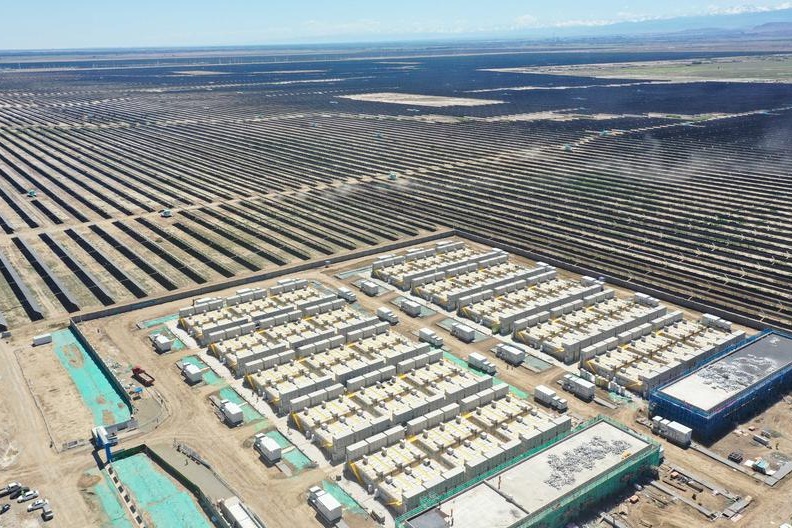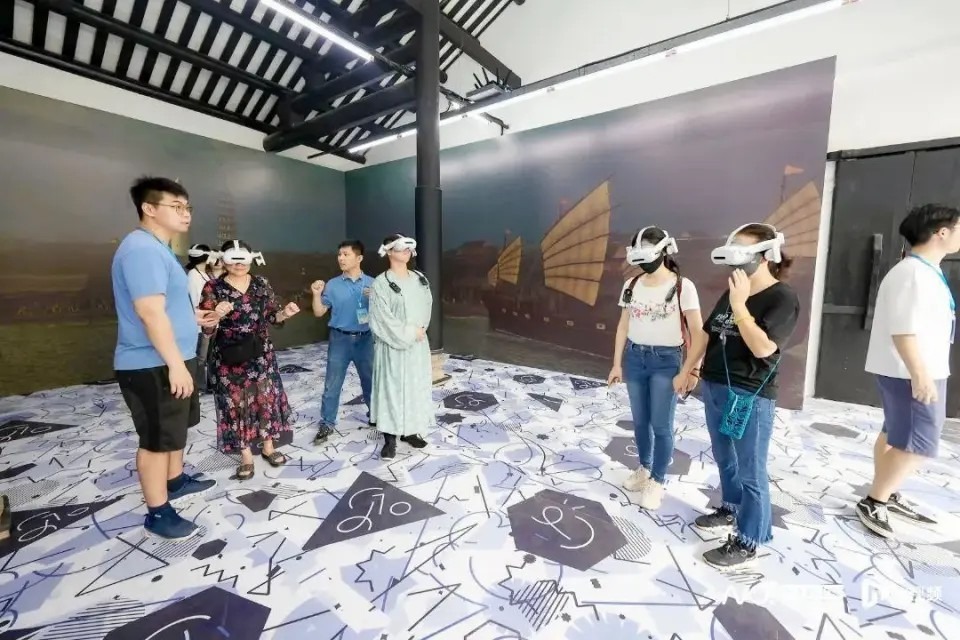Time for development to be clean

| Zhang Chenliang / China Daily |

Public and private sectors must work together to solve Africa's water crisis
More than 1 billion people around the world do not have access to clean, safe water to drink. This state of affairs has been described as the biggest development failure of the 21st century. It is obvious that the water sector is suffering from the cumulative effects of years of under-investment.
There is a broad view that funding to the sector has been inadequate, and that greater investment will be needed to achieve the Millennium Development Goals, and the ultimate goal of universal access, especially for sanitation.
However, a counter perspective expressed by some is that more effective use of existing funds and wider use of more appropriate technologies are needed, rather than additional investment. The fiscal crisis in the public water sector is seen by many as a driver of private sector participation in water, with the hope of attracting greater private investments. Currency risks, low returns, long payback periods and overall financial uncertainty in the water sector have made it unattractive to many public and private investors.
Recent geological maps developed by researchers from the British Geological Survey and University College London indicate that Africa sits on huge underground water reserves that contain 100 times the amount of fresh water resources on the surface. The largest underground water reserves are found in North Africa, especially in Egypt, Libya, Sudan and Algeria. The maps provide a glimpse of hope for the drier parts of Africa that suffer from water scarcity.
The global limit set for water scarcity is 1,000 cubic meters per person per year. A country is categorized as water scarce if the per capita water availability is below this amount. As much as 40 percent of Africa's population lacks access to clean water.
According to a 2006 UNDP Human Development report, Beyond Water Scarcity: Power, Poverty and the Global Water Crisis, water shortage is a major factor in child mortality; poverty; education, health and human dignity.
The UN estimates that Sub-Saharan Africa alone spends 40 billion hours every year collecting water. Therefore, improved access to clean water is critical to unlocking development potential in Africa.
The Millenium Development Goals recognizes that slow progress in water and sanitation will hold back advances in other areas of development in Africa. The MDG goal provides the target of reducing water and sanitation coverage disparities between the richest and poorest by 20 percent.
The state of water infrastructure feeds directly into climate change vulnerability. Livelihoods among households with poor water infrastructure are most severely affected by climatic shocks such as drought and floods.
Recent debates have focused more on the scale and viability of water infrastructure in developing countries. There has been less debate on the financing mechanisms.
Some African countries such as Ghana and Zambia have high levels of water infrastructure, but most water infrastructure development has been geared toward grandiose ventures such as power generation, and barely affects the livelihoods of much of the population.
Large dams have featured highly in the water infrastructure debate, many arguing that they are a part of poorly designed irrigation or power generation projects and involve large-scale displacement of the people. According to the UNDP report on water scarcity, many governments have ridden roughshod over the rights of indigenous people, resulting in immense social and ecological damage by large-scale water projects.
Often, the economic viability of these projects has been grossly exaggerated.
Since the 1990s, there has been a substantial and unanticipated increase in private capital to the developing world. This raised hopes that the private sector would be the next provider of investment in infrastructure and public utilities in poor countries.
But despite the discovery of significant underground aquifers in several regions, are there really any prospects of getting proper and worthwhile investment in water infrastructure?
With the challenges of expanding demand for clean water in Africa come questions and debate over the means and the funds required to achieve the water infrastructure goals. The early private sector participation reforms were qualified as "re-colonization" due to the involvement of foreign companies in many cases. Two decades of expansion of private sector participation in water infrastructure were also characterized by public scandals and claims of corruption, rapid increases in tariffs, lack of promised private capital investments, decline in quality of services, and a failure to adequately increase services to poor communities.
The debate became polarized between those that pushed private sector participation as a panacea to the problems in the water infrastructure provision and those that wanted a ban on private sector participation in the water sector.
Even though it has been difficult to attract international investors, many private companies are already involved in management of utilities under leases or concession contracts without owning any assets in such companies.
Most African public authorities employ the private sector to design and construct public infrastructure such as water supply and sanitation systems.
Africa has a strong fraternity of private engineering consultants and a large contracting industry to rely on.
The biggest problem is how to bring together the public and private sector to find solutions to Africa's persistent water crisis.
A frequently advanced proposal is to increase the role of the private sector in financing, producing, delivering and managing water and sanitation services.
While private companies have long been involved in the water sector in different parts of the world, what is new in recent years is how the private sector can be supported in the rapid expansion of this role, and how society views the problems and benefits of the private sector role.
A UN-sponsored Financing for Development conference in Monterrey in 2002 concluded that greater coherence between the public and private sectors will be required to achieve internationally agreed development goals and to overcome the inadequacies of development finance.
In many regions in Africa where progress toward the Millennium Development Goals for water provision is slow, the culture of performance within water infrastructure remains poor. Problem areas include the management of costs and revenues, policy delivery and responsiveness to customers.
Medium-term contracts with private sector participation present an opportunity to incorporate into the terms of the contract performance regimes explicitly designed to strengthen the management capabilities of the public sector. This might include capabilities in capital works procurement, production and network maintenance, billing and revenue collection, management of non-revenue water, IT and accounting, and improved procedures and management systems.
Where existing water and sanitation infrastructure is insufficient, private companies can install their own schemes. Extending operational water supply infrastructure used in manufacturing and mineral extraction companies to local population or communities can be undertaken through public-private partnerships. These are often for exclusive use by the factory, facility, plant or labor camp. In the medium term, companies need to secure and sustain a "social license to operate" with local communities.
Private companies need information about the status of existing water systems on which to base reasonable expectations. There is the need for detailed national audits of groundwater and surface water resources.
The quality of underground water resources in Africa is largely unknown and could be contaminated with fluoride, arsenic or other undesirable natural elements. Provision of such information may be critical for motivating their participation in Africa's water infrastructure.
The author is senior research fellow at the Institute for Development Studies, University of Nairobi, Kenya. The views do not necessarily reflect those of China Daily.
(China Daily Africa Weekly 06/21/2013 page12)
Today's Top News
- Xi meets Spanish king in Beijing
- Xi holds welcome ceremony for Spanish king
- Astronauts' return mission proceeds smoothly
- Vocational education helps youth break the cycle of poverty
- GBA goes from bold blueprint to living reality
- Giving a human touch to tech innovation































